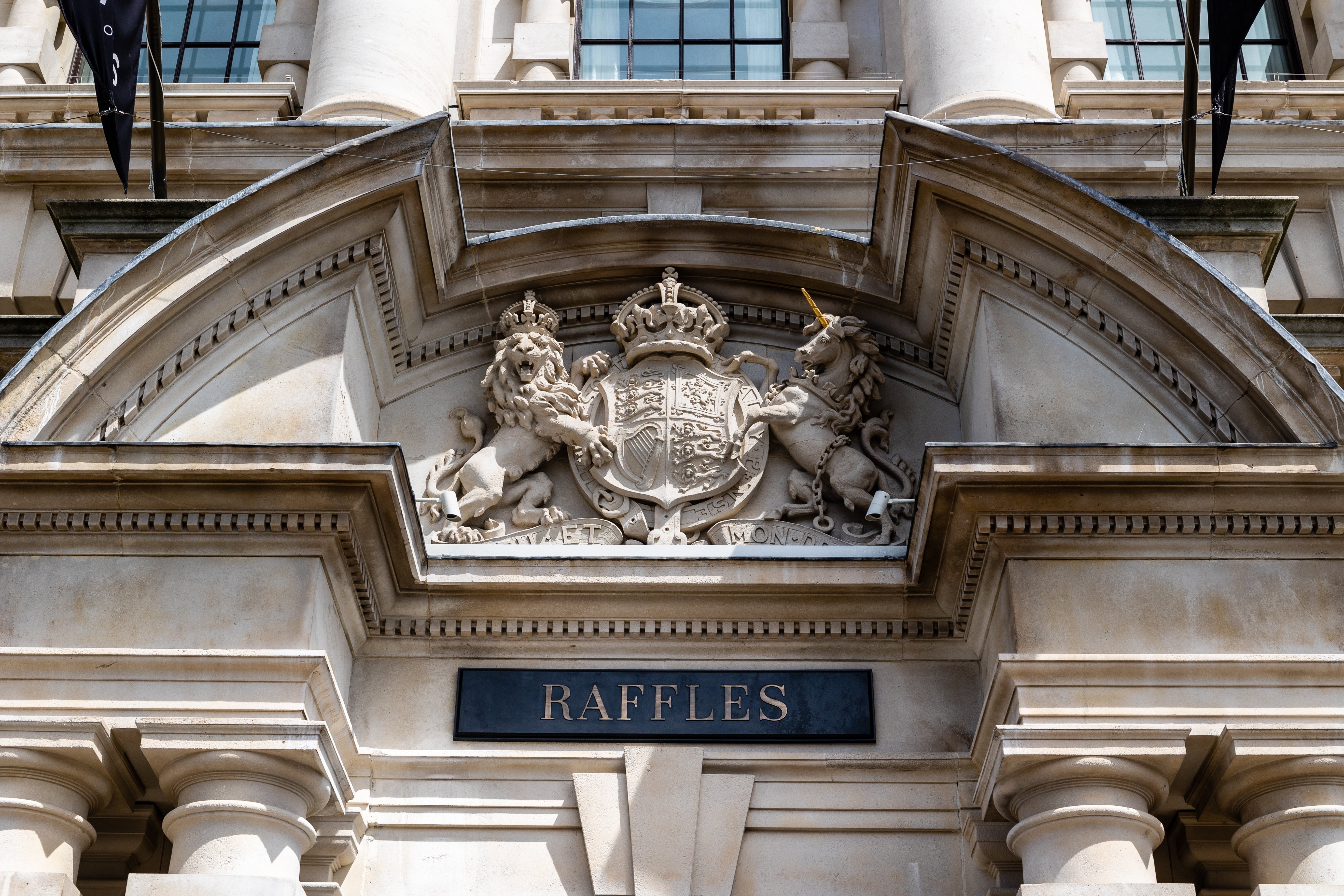A Guide to Property Taxes in Italy
With its rich heritage and vibrant culture, Italy has long been a popular European destination for expats. Whether you’re looking for a characterful countryside farmhouse, a picturesque poolside villa or a luxurious city apartment, Italy offers it all and more across its 20 distinctive regions. The Italian lifestyle – La Dolce Vita – is also a key attraction for those seeking a slower pace. Yet, when it comes to exploring a move to Italy from abroad, the tax implications can appear somewhat daunting, with Italy’s unique legal system, cultural nuances and language adding layers of complexity. However, it’s important to take the time to familiarise yourself with Italy’s property taxes so you can make informed decisions. Knowing the tax structure will help ensure that you have factored all necessary costs associated with your purchase and can proceed with confidence. In this blog, we’ve compiled a guide of need-to-know points around Italian property taxes to help you get one step closer to realising the Italian dream.
-jpg.jpg?width=1129&height=675&name=property%20taxes%20in%20italy%20(1)-jpg.jpg)
Stamp Duty
Stamp duty, or the registration tax, is known as Imposta di Reistro in Italy and is paid by the buyer when purchasing a property. The amount payable is determined by whether you’re purchasing from private sellers or a registered company; your residency status; and the cadastral value – the value assigned to the property by the Italian authorities based on land registry data, which is typically significantly less than its market value. Regardless of residency status, if you’re purchasing a property from a registered company, a flat fee of €200 applies. For non-residents purchasing from private sellers the tax is typically 9% of the cadastral value of the property. This 9% also applies for buyers if it isn’t their first home purchase in Italy, regardless of citizenship status. Residents buying from private sellers will be taxed at 2% of the cadastral value, or will be charged the set minimum fee of €1000. Buyers purchasing a luxury home will also be subject to a 20% stamp duty. Additionally, the proportion of land with the property can also come into account, with a 15% tax payable on substantial agricultural land.
VAT
When purchasing property in Italy, you also need to factor the cost of VAT into your calculations. VAT or IVA, as it’s known in Italy, applies on the purchase of a home unless you’re buying from a private seller. The VAT rate for those purchasing from a registered company varies from 4% to 22%, depending on the type of property. The VAT rate is currently set at 4% for a primary home (everyday residence) 10% for a secondary home (a holiday home, for example) and 22% for a luxury home, such as villas, places of historical or artistic value, and stately homes.
Sales Taxes
In addition to the stamp duty, there are sales taxes that apply when purchasing a property in Italy. Mortgage tax, or Imposta Ipotecaria in Italian, is set at a flat fee of €50 when buying from a private seller, or €200 when buying from a registered company. There’s also the land registry tax – Imposta Catastale – to consider, which changes the ownership of the property and again is set at €50 when buying from a private seller, or €200 when buying from a registered company.
Notary Fees
Another cost you need to factor into your Italian move is a notary fee. When purchasing a property in Italy, you will need to enlist the services of a notary - a qualified lawyer employed by the Italian government, responsible for registering and formalising the legal transfer of the property from the seller to the buyer. They will prepare the deed of sales and ensure that everything is in order with the property and that there are no discrepancies from the official plan and land registry details. The notary will often work with an architect or surveyor on the latter, but it’s important to note that this is not considered a structural survey in Italy and that this is another cost you may need to factor in. The cost of the notary varies depending on the number and complexity of assessments required, but typically amounts to 1-2% of the property value.
Italian Municipal Property Tax (IMU)
The Italian Municipal Property Tax, or Imposta Municipale Unica (IMU), is the equivalent of a local property tax, replacing the former ICI and TASI regional taxes. This tax applies to non-resident homeowners in Italy and is only required from resident homeowners if their property is categorised as luxury. The amount payable is determined by the cadastral value of the property and the local tax rate, which varies from region to region. As autonomous provinces, Balzano and Trento are exempt from IMU, while the Venezia Giulia region has its own property tax called ILIA. The IMU tax is due twice a year in June and December and the onus lies with property owners to calculate and submit the correct amount. Homeowners often enlist the help of an accountant to manage this. On top of the IMU, homeowners must also pay a waste disposal tax, TARI, which takes into account the size of the home and the number of people residing there.
Capital Gains Tax
Capital gains tax, called Imposa Sille Plusvalenze or Plusvalenza in Italy, is paid by the seller of a property and is proportional to the profit they receive on the sale. This is typically set at 22% for individuals, unless the property has been the seller’s primary home for the majority of the ownership period, or the seller has owned the house for more than five years. Meanwhile, companies are generally subject to a capital gains tax of 27.5%.
While there are a range of different property-related taxes to understand, there is plenty of support and advice available to help you navigate the process so you can achieve your dream home and Italian lifestyle. To learn more about the other considerations and fees involved with buying property in Italy, visit this blog.
*This blog is for informational purposes only and should not be used as a substitute for professional legal advice.



